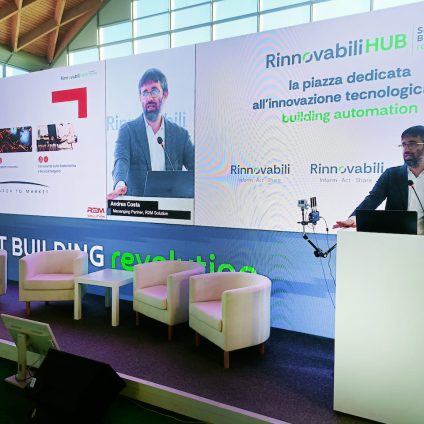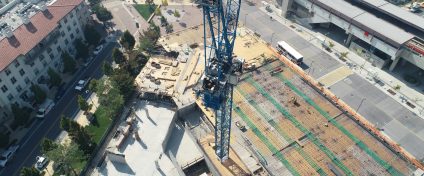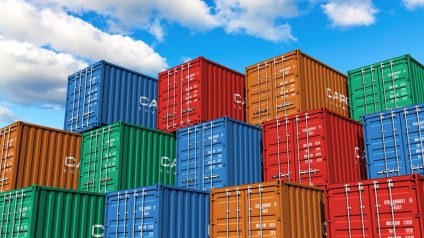Building digitalization is essential for meeting EPBD 4 goals. Andrea Costa of R2M Solution shares how AI and digital twins are driving the energy transition.
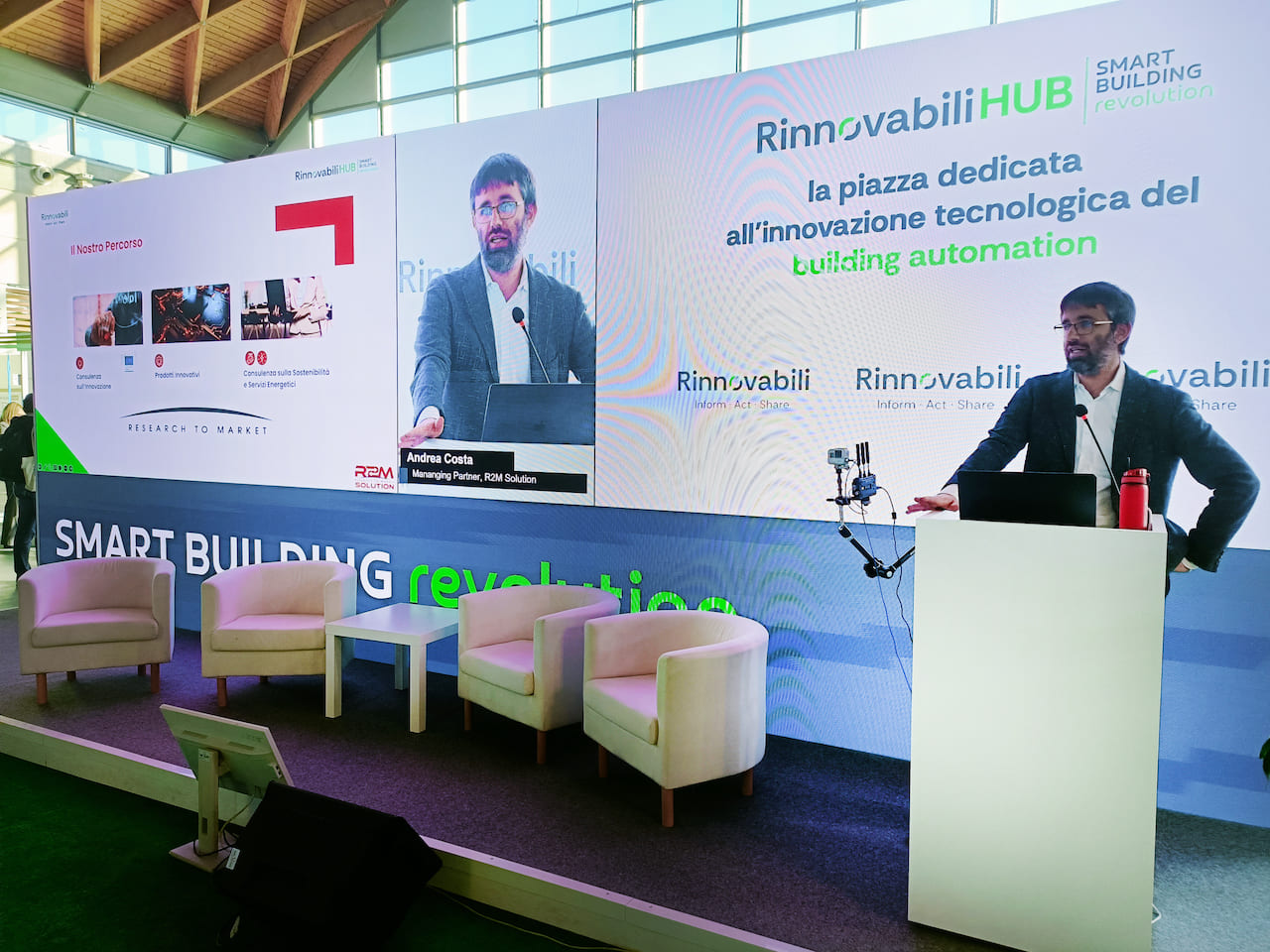
Technological and digital innovation is transforming the building sector, making structures smarter, more efficient, and better connected. Building digitalization is one of the key tools for decarbonization and energy management optimization, thanks to the integration of advanced control systems, artificial intelligence, and digital twins. The evolving European regulatory landscape, especially the EPBD directive and the implementation of the Smart Readiness Indicator (SRI), is accelerating this shift, creating both challenges and opportunities for companies in the sector.
R2M Solution is at the forefront of this transformation, developing innovative solutions ranging from predictive building management to integration with energy grids. During the Smart Building Revolution event, held inside the Rinnovabili HUB as part of Key – The Energy Transition Expo 2025, we had the pleasure of interviewing Andrea Costa, managing partner at R2M Solution.
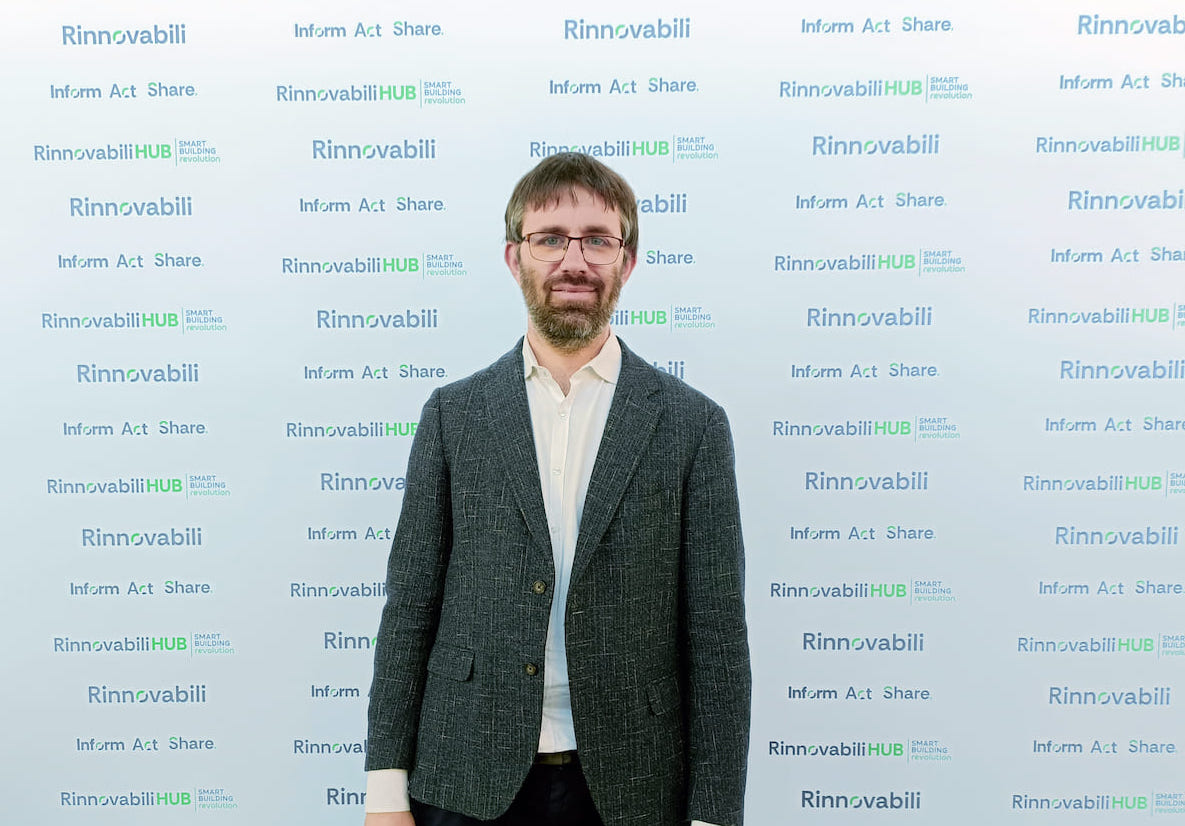
How do you see the evolution of the building automation market in recent years, and what are the main challenges companies face in this context?
One of the main drivers of change is the regulatory framework, especially with the evolution of EPBD 3 and EPBD 4 (Energy Performance of Buildings Directive), which are pushing the adoption of building management systems (BMS). Building digitalization is set to grow exponentially, also driven by the rollout of the Smart Readiness Indicator (SRI).
As a company, we’ve been and continue to be advisors to the European Commission on the SRI. Our team, together with colleagues in France, provides direct support in applying this standard, which is becoming a market benchmark. This is a key driver in the evolution of the digital building, not as an end in itself, but as a tool for more efficient energy management, better adaptability to occupant needs, and improved indoor environmental quality. Another critical aspect is the integration between buildings and energy networks. This will require enabling technologies that can interface with BMS platforms.
In this context, we’ve developed our ESG Digital Twin Ecosystem or real estate, a platform that supports clients throughout the building digitalization process, helping them optimize building management and improve overall sustainability.
How do European and local regulations influence the adoption of building automation technologies?
Participating in research and development projects funded by the European Commission allows us to anticipate future regulations. A key example is the latest revision of the EPBD, where most of the attention has focused on the “Green Homes” directive. However, this legislation also introduces essential elements such as the Building Digital Logbook, the Smart Readiness Indicator (SRI), and new provisions regarding building digitalization.
One critical factor is the gradual lowering of thresholds for mandatory building management systems (BMS), which will lead to broader and more structured adoption. These areas represent the future of the sector and, much like what happened with environmental certification protocols such as LEED and BREEAM, they will become standard benchmarks for evaluating building performance.
Thanks to the technologies we’ve selected and developed, we believe we are a qualified partner in supporting the adoption of these new regulations, offering innovative and practical solutions for the industry.
What regulatory changes do you expect in the coming years?
We hope that EPBD 4 will be implemented effectively and without compromise, as it represents a key step for the future of the industry.
We also hope the ESG agenda will continue without interruption, despite potential geopolitical shifts. It’s essential to maintain continuity in the progress made so far, not only in terms of environmental sustainability but also in social and governance aspects. Staying on this path is crucial to ensure balanced and responsible growth in the building sector.
We’ll continue investing in European projects, fully aware that regulatory and technological innovation is an ongoing process. The future of building digitalization requires constant updates and a proactive mindset to anticipate changes and seize new opportunities.
How do you see the connection between building digitalization and the development of smart cities? What role can R2M Solution play in this context?
Building digitalization is a key component in the development of smart cities, but in Italy, we’re still far from truly two-way energy management between buildings and the grid. We hope to see that evolution arrive soon, even though, in the short term, it doesn’t appear to be a top priority.
Once this integration is in place, the technological upgrades made today at the building level will have an even greater impact, helping to reduce emissions on a city-wide scale. The real breakthrough will be moving from isolated building management to an interconnected system capable of communicating with the grid, adapting to the availability of locally generated renewable energy.
A concrete example is a school that generates energy during the week but remains closed over the weekend, while a nearby shopping center has peak energy demand during those same days. These kinds of synergies are beginning to emerge through Renewable Energy Communities (RECs), but so far, they’re limited to highly local contexts. The real goal is to scale this interoperability across urban environments, connecting multiple buildings and optimizing energy management at the smart city level.
What role will R2M play in this crucial shift?
At R2M Solution, we’re already working on this evolution through BrainBox AI, an advanced Canadian technology already operating in environments where two-way interaction between buildings and the grid is a well-established reality.
BrainBox AI allows us to orchestrate energy behavior not just within individual buildings, optimizing consumption based on specific needs, but also across entire building ecosystems. This means buildings can act as real energy storage systems, storing energy when it’s available and releasing it when it’s needed.
Thanks to this technology, a building can become an active node in the energy network, reducing reliance on external sources and contributing to more efficient resource management. In practice, we’re not just optimizing consumption and reducing waste, we’re turning buildings into essential components of a more resilient and sustainable energy system.


